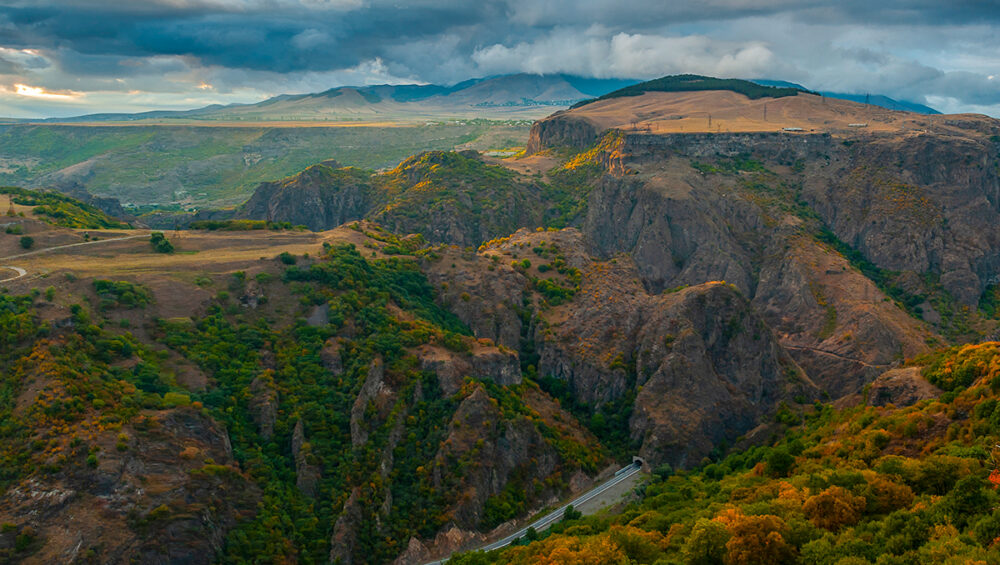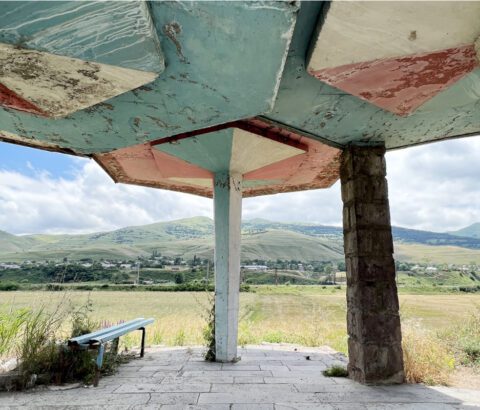Located in the north of Armenia, in the province of Lori, the Debed canyon and its dramatic landscapes attract travelers from all over Armenia. The splendid scenery and the dazzling medieval architecture of centuries-old monasteries make the canyon of Debed one of most popular destinations in the country. The dense forests covering the slopes of the canyon hide some of the finest examples of Armenia’s cultural and religious heritage, but these forests are also full of natural monuments, revered by locals as sacred to a comparable degree. This almost druidic tradition of nature worship is passed on from generation to generation and manifests itself in everyday life in different forms: locals may make a pilgrimage to an old humongous tree in the forests near their village, or hike a challenging trail for several hours to greet the new day on top of a sheer cliff. Interestingly, these seemingly pagan traditions harmoniously coexist with people’s Christian faith.
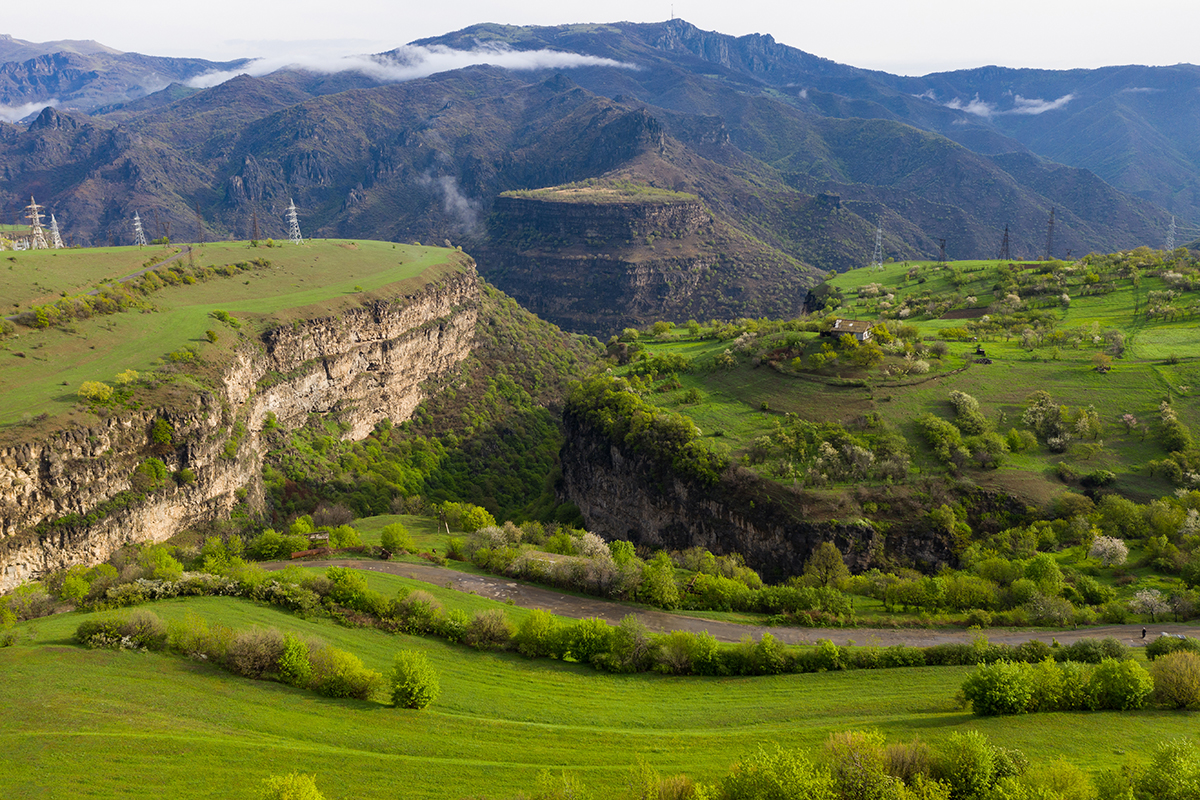
A great example of nature worship is the ancient guelder rose tree venerated by locals of the village of Akner. The villagers call it the wonder of Akner, adding that the centuries-old tree is everything to them. They gather under it to talk and socialize, the host various events in its shade, they use it as a stage for theater performances, and some even compare the guelder rose tree to a church, such strong is their connection with it.
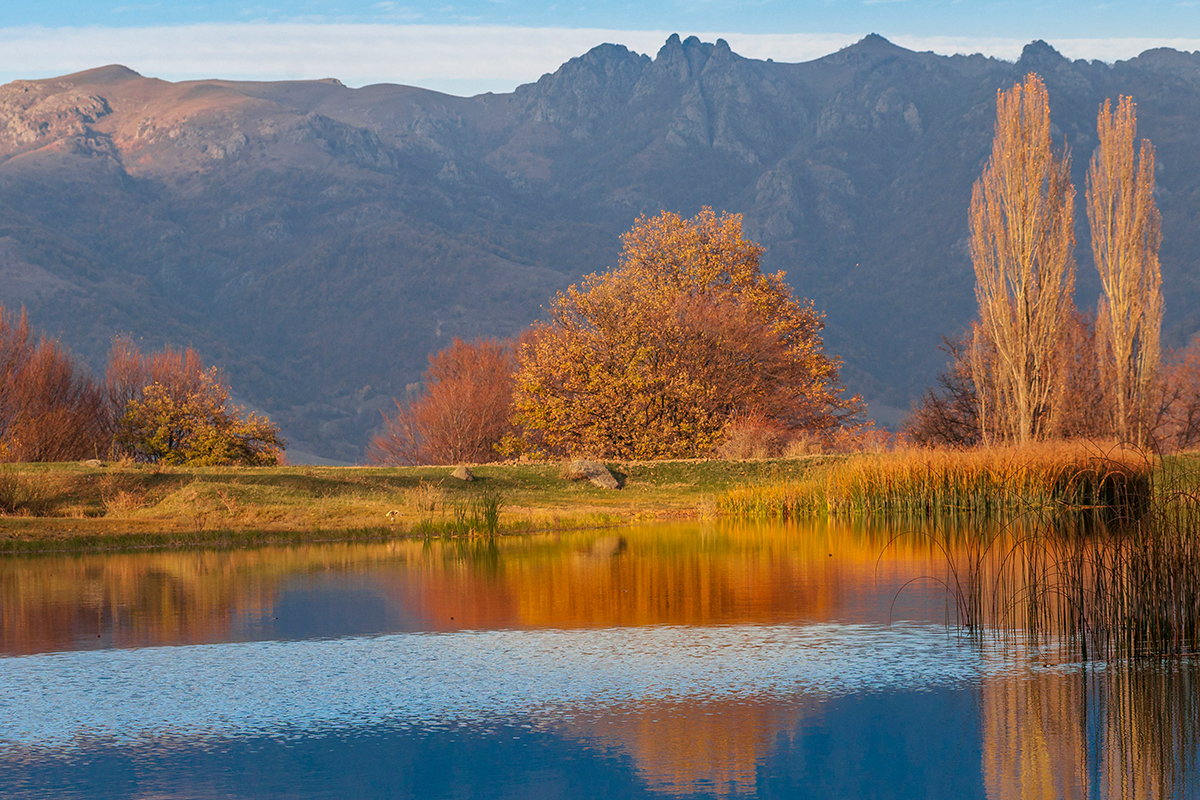
One of the frequently visited natural monuments of the Debed canyon area is the Tsover Lake located about 4 km southeast of the village of Dsegh. Tucked away and shielded by the forest, this tranquil lake is a perfect hideaway for those seeking peace and serenity. Tsover Lake is also a great spot for camping or outdoor picnic, the spectacular views are well worth spending a day here, so make sure to include it in your itinerary when visiting the area.
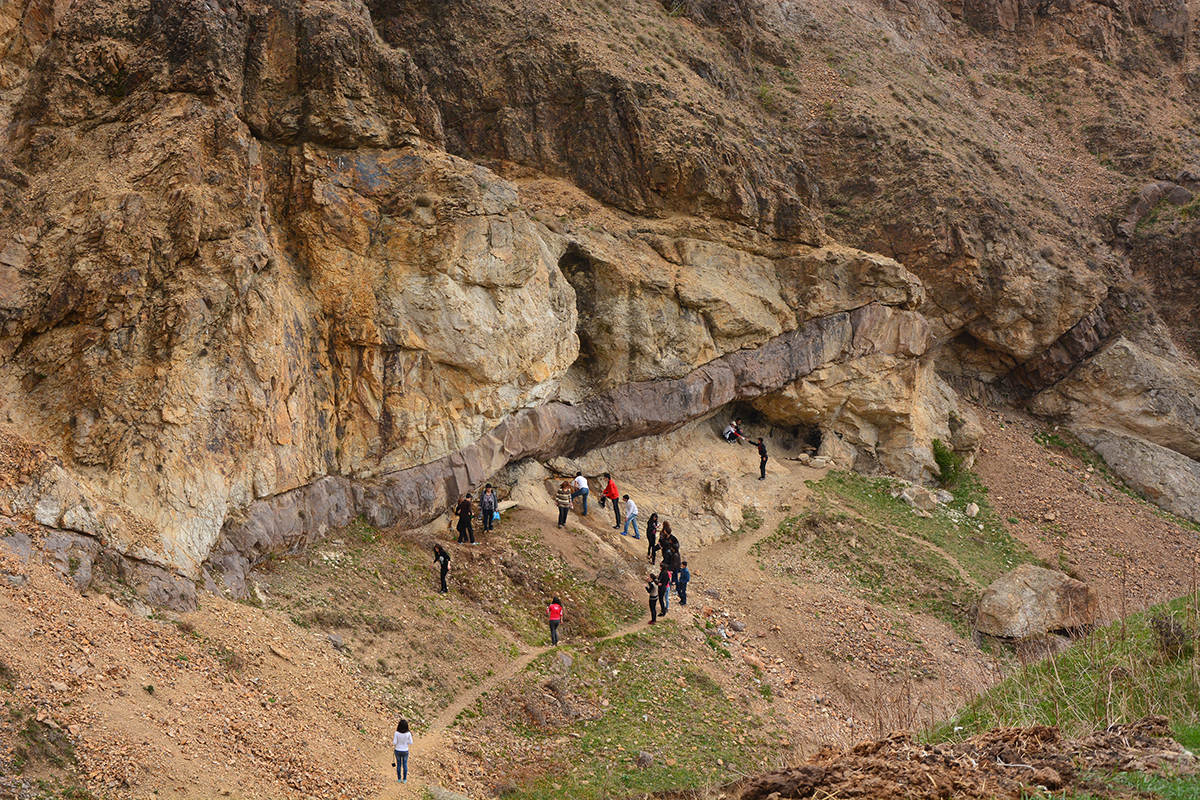
Another famous natural monument, “Odzi Port” (”Dragon Belly”) is located about 10 km south of Odzun, in the village of Ardvi, near the 13th-century monastery of Saint Hovhannes. The legend has it that once upon a time the Catholicos St John the Philosopher, whose tomb is in one of the churches of the monastery, fought off two mighty dragons with his cross protecting the villagers. He turned the dragons to stone and imprinted them into the mountain slope. According to another folk story, an old sage used to live and teach nearby who had seven disciples. When the sage learned about a dragon terrifying villagers, he asked one of his disciples to go and find out what the creature was, but the disciple never came back. One by one, his remaining disciples went to fight the dragon but never returned. Confused, the sage decided to go look for his followers and soon he, too, faced the dragon. “Turn into stone and may a healing spring flow from your heart,” exclaimed the sage, hitting the dragon with his staff. The dragon immediately turned into stone, and the stream that flows at the site today is believed to have healing properties.
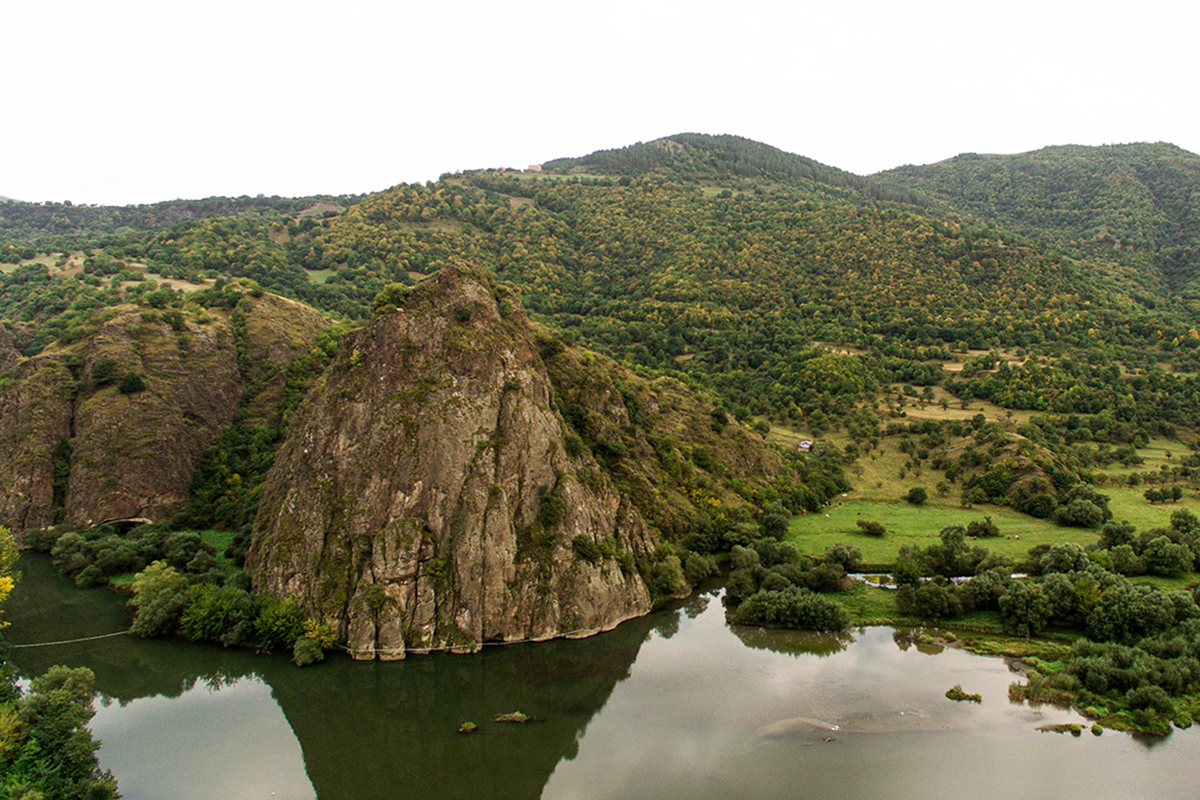
In the valley of Debed river’s left tributary, Dzoraget, below the village of Arevatsag, a mighty cliff rises above the dark-green waters of the river. Known as “Tsits Kar”, this natural monument has recently gained huge popularity among the locals and was dubbed by many as the “Thailand of Armenia” for its resemblance to the limestone mountains and formations in the south of Thailand. Although technically “Tsits Kar” is not located in the Debed canyon, it is nevertheless worth visiting, especially if you love hiking. Start from the village of Dzoragyugh and hike down to the 7th-12th century Hnevank monastery, then continue from there in the direction of Arevatsag village. The cliff will be on your right side.
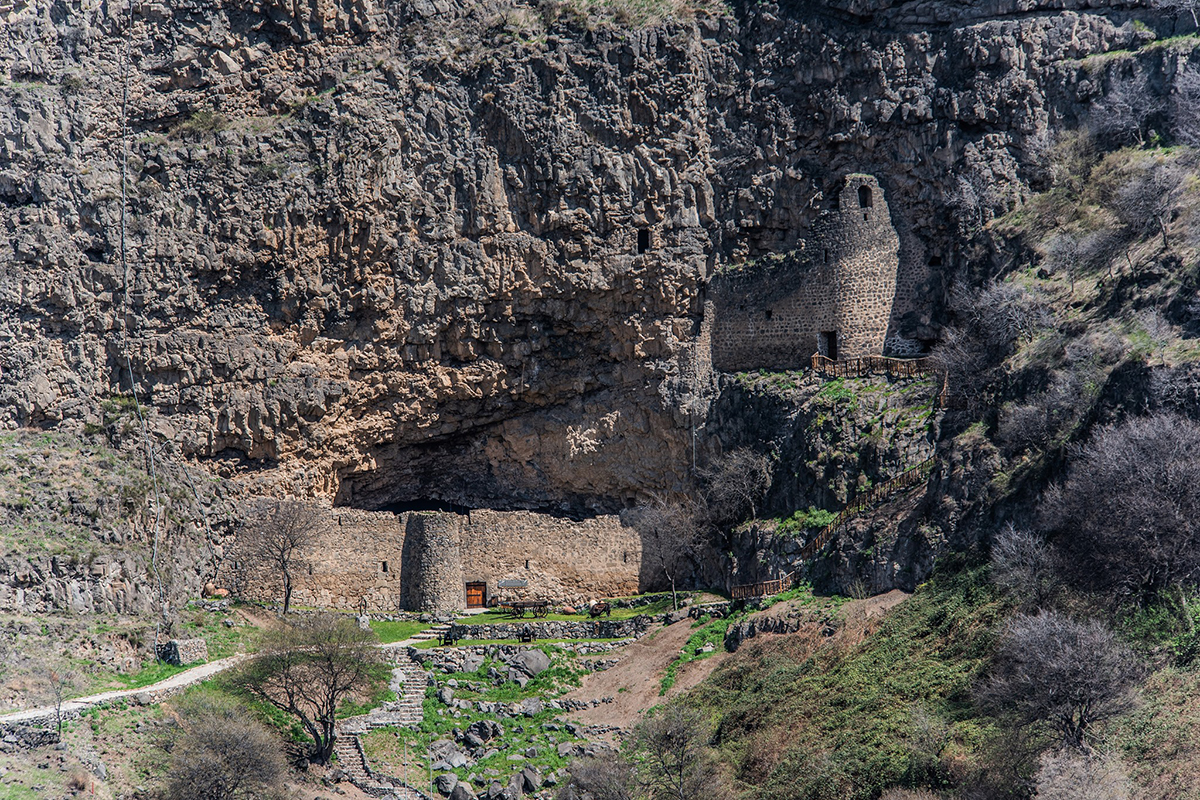
The cave and castle complex of Zarni-Parni is another magnificent monument located in the north of Debed canyon, off the winding road leading up to the village of Haghpat. The complex consists of three caves known as “Zarni Er”, “Parni Er” and “Tsak Er”. The Zarni-Parni caves were fortified in the Early Middle Ages and were used as a hiding place for the manuscripts of the nearby Haghpat monastery. A renowned medieval Armenian scholar Hovhannes Sarkavag, famous for his works on theology, philosophy, mathematics, literature, lived in the caves as a hermit in 11th-12th centuries. After a recent renovation and restoration, today the Zarni-Parni complex is a popular tourist destination, offering visitors a variety of services, including a museum dedicated to the lifestyle and culture of the locals.

